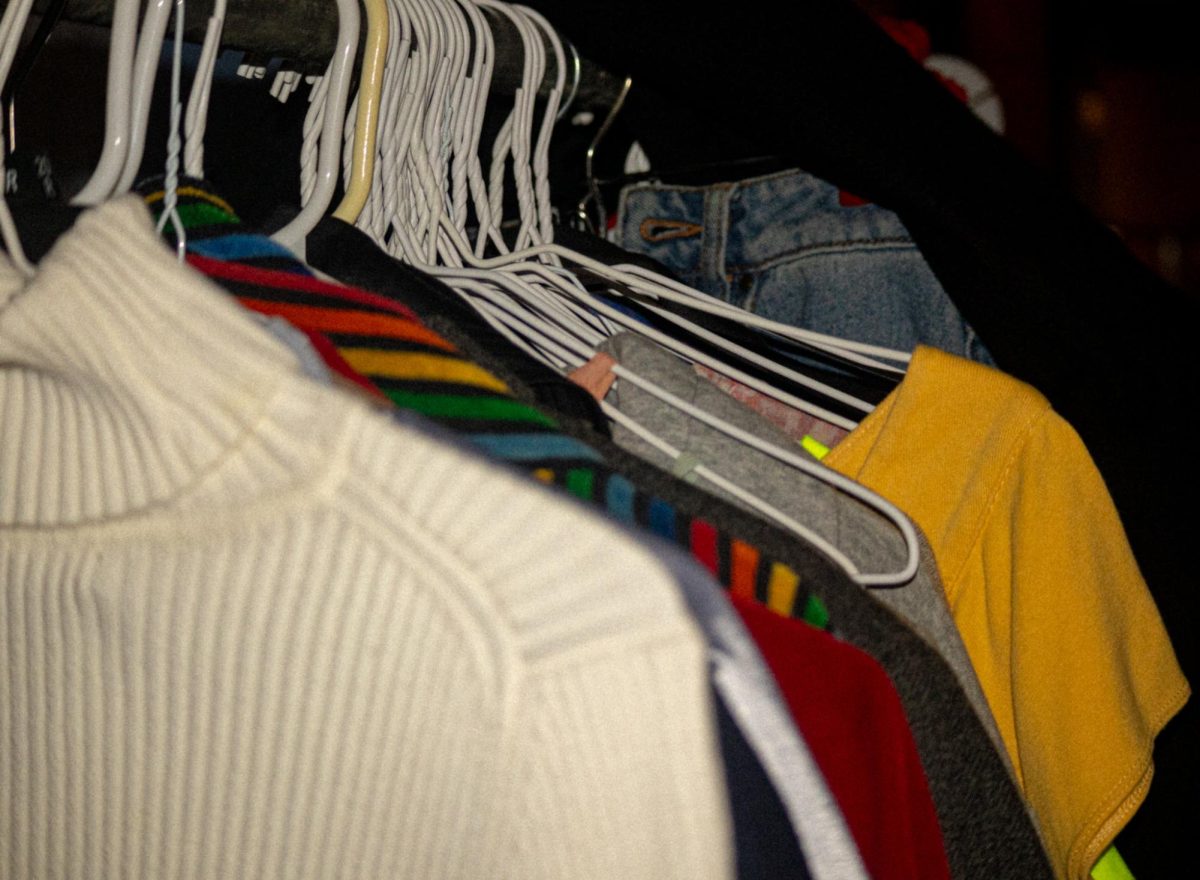For as long as I can remember, picking out my outfit — more often outfits — has always been the highlight of my day. As a young child, I still vividly remember the feeling of laying in my bed, eyes wide open, unable to fall asleep because the excitement of thinking about what I would wear the next day struck me awake.
As I got older, the excitement dialed down and picking out my outfits no longer sprung me out of bed. My excitement changed to creativity.
I attended private school for my whole childhood, and as a young girl who wanted to wear everything in her closet, having to wear a uniform everyday was torture. I felt boxed in by what I had to wear and greatly disliked appearing the same as everyone else. For some kids, wearing a uniform was convenient, but for me it felt like wearing a uniform confined me from expressing my true self.
At the start of middle school, I stopped buying most of my clothes from online stores and instead found myself shopping at vintage markets and thrift stores. I always gravitated towards baggy and perhaps worn-in outfits as opposed to the items I found in the mall or online, which ultimately led me to start thrifting.
I loved the concept of watching how fashion trends reinvent themselves every few decades and became infatuated with finding pieces from the late ‘90s and early 2000s. Upon finding this interest, it quickly became the catalyst for not only my shopping addiction, but more importantly a love for creating and designing.
Thrifting is unique because it allows the outside world to grasp a small bit of personality from someone else’s closet. I love that secondhand shopping is accessible and allows everyone to find and express their own style.
Although many would argue that shopping secondhand takes away from donations and charities, there are ways to avoid those stores. Many thrift stores are often locally owned, which is another beneficial way to help your community, support small businesses, and avoid stores like Goodwill.
It is also important to note the time consumption that thrifting often requires. Some people thoroughly enjoy rummaging through racks of clothing or bottomless five-dollar bins, but others get bombarded with the disorganization and messiness of it all, so it is important to know your abilities and willingness to have leisure time.
When I look back on what I wore during middle school, no matter how obscure the outfits looked, I realized that being able to decide what I wore was the only way for me to express myself and release my creative energy.
Besides having the desire to find unique and unparalleled clothes, it did not take long for me to notice the extreme cost of buying brand-new clothes. When I started to go thrifting every weekend as opposed to just going back-to-school shopping or buying clothes on my birthday, it became a given that it would only be my own money purchasing the clothing.
Yet again, thrift shopping was the perfect solution.
I frequented the Goodwill bins in hopes of finding items that were trending to either wear or sell on Depop and Poshmark. Through this, I discovered the best reason for thrifting: recycling clothing.
According to an article written by Earth.org, “Fashion and its supply chain is the third largest polluting industry, after food and construction.” The fashion industry is responsible for producing 1.2 billion tons of carbon dioxide each year, making up 10% of global greenhouse gas emissions.
The surge in buying clothes is elevated by companies notorious for pushing fast fashion. Some of those companies include Shein, AliExpress, and ASOS, among many others, who are rapidly contributing to the already severe global climate crisis.
The fashion industry is pouring millions of tons of plastic microfibers into the ocean every year, killing ecosystems and destroying the natural food chain. The industry also consumes around 93 billion cubic meters of water per year — the equivalent of what it takes to meet the annual needs of five million people.
Secondhand shopping significantly reduces the waste in landfills and contributes to bettering the environment by not participating in new production.
Some of the thrift shops I would recommend are Red and Friends on Powell Boulevard, Better Bargains on Sandy Boulevard, Second Street on Hawthorne Boulevard, Hollywood Vintage right off Sandy Boulevard, and lastly, the most popular of them all, Sellwood Union on 13th Avenue.
It is important that we as a society are aware of the impacts that the fashion industry produces and utilize solutions like secondhand shopping to reduce the severity of the crisis.








